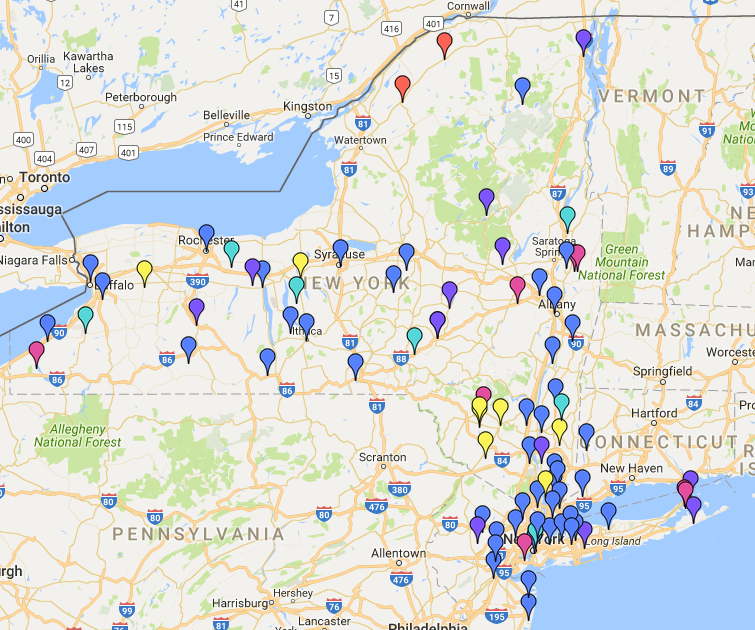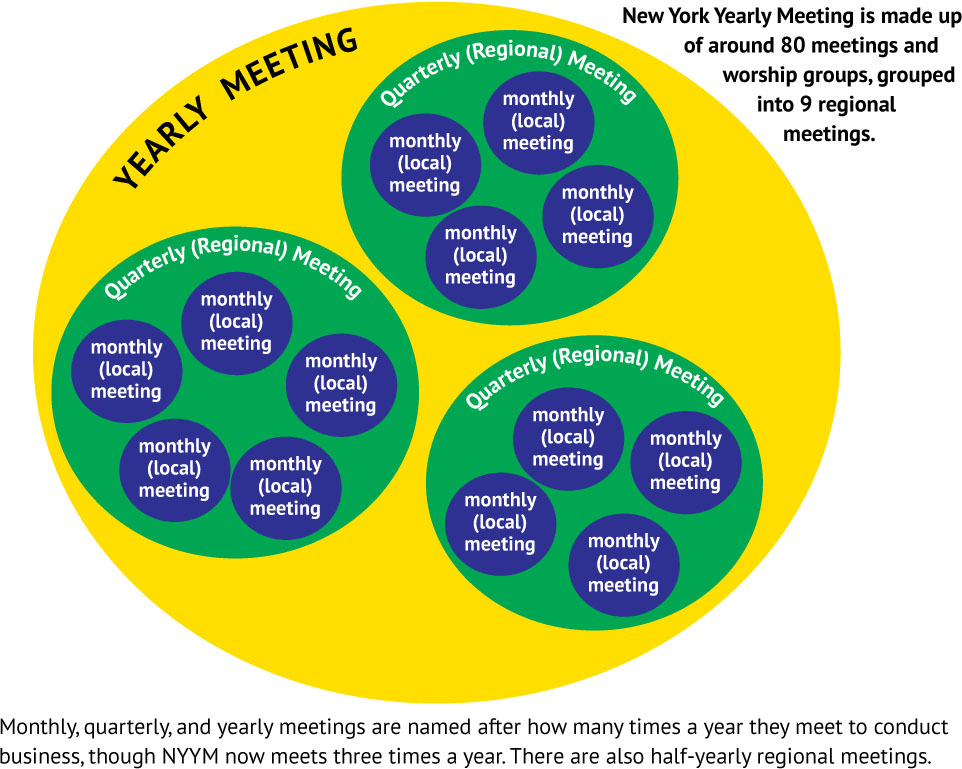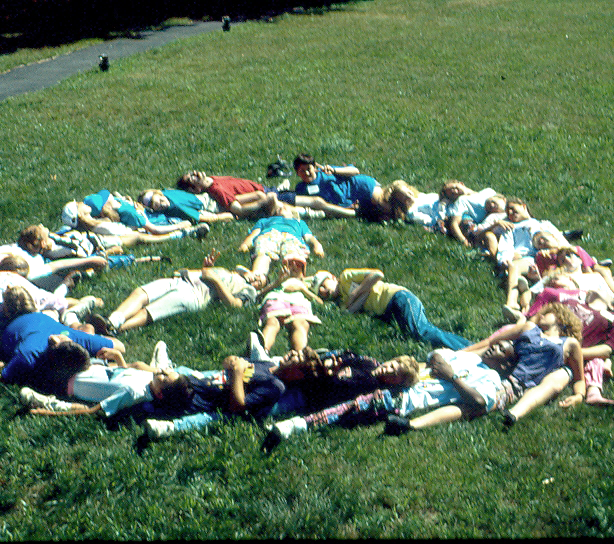SUPERVISORY COMMITTEE FOR THE GENERAL SECRETARY (2011)
History
In 2004, the General Services Coordinating Committee (GSCC) announced the process by which the new general secretary would begin and be supported in his service for the Yearly Meeting (minute 48, July 28, 2004), including how and by whom the general secretary was to be evaluated.
GSCC undertook to make a final decision as to whether to retain the position of general secretary after three years. GSCC appointed a task group to supervise, support, and evaluate the general secretary for that three-year period. The General Secretary Supervisory Task Group thus formed was charged with reporting to GSCC.
In 2007 the position of general secretary was approved as ongoing. The Yearly Meeting approved the name and the function and a description of the members and responsibilities for this task group as continuous. The Task Group charge to report to GSCC also continued.
For ease of communication between the Coordinating Committee and the Task Group, GSSC appointed members of the Task Group with the intention of having one member who served on the Personnel Committee as well. Since this was not always possible, the clerks of GSCC, the Personnel Committee, and the Task Group took care to maintain good communication.
At Fall Sessions 2010, Friends laid down the task group and approved a committee in its place (minute 2010-11-23). At Spring Sessions 2011, Friends approved naming the committee the Supervisory Committee for the General Secretary (minute 2011-4-29).
Purpose & Objectives
The Committee’s ultimate responsibility is to serve the Yearly Meeting. The guidance and support it provides to the general secretary, and the supervision and evaluation of the work of the general secretary, are carried out with the intention of responding to the needs of the Yearly Meeting. To this end it invites seasoned guidance from the officers of the Yearly Meeting, from the coordinating committees, and from the monthly meetings.
The Committee works together with the general secretary, opening itself prayerfully to Divine Guidance in carrying out this work.
Functions & Activities
The Committee's work inclcudes:
- Provide guidance and supervision as to the general secretary’s role in nurturing and supporting gifts of Friends/committees and the organizational structure of the Yearly Meeting;
- Provide guidance in the role of servant leadership—its meaning and practice;
- Provide and articulate boundaries and clear parameters of the general secretary role and the role of officers/committee clerks in the Yearly Meeting;
- Evaluate the general secretary’s work/performance using the job description, according to the policies and procedures of the Personnel Committee and the accountability queries found in the Handbook Clerk and Committee Guidelines, and in consultation with the general secretary and with those who work with him; Consult with the general secretary on the effectiveness of this Committee’s work;
- Evaluate the effectiveness of the position in relationship to the needs of New York Yearly Meeting;
- Report to the General Services Coordinating Committee twice yearly, in an interim report in November and an annual report in March, and to the Yearly Meeting in an Advance Report for Summer Sessions;
- Meet in executive session as needed, to consider the work of the general secretary, the work of the Committee, and such other matters as may further the purposes of the Committee;
- Meet at least once each year in executive session to look at how the Committee is doing both spiritually and in following Friends’ process.
Organization & Method of Appointment
The Committee should be composed of at least one person from the Personnel Committee and at least four other Friends who are grounded spiritually, seasoned in faith and practice, and where possible from diverse geographical parts of our Yearly Meeting. For their role in providing account- ability and nurturing, these Friends should have some supervisory experience and some eldering or ministry experience, whether formally named in those capacities or commonly recognized as such. Committee members are asked to serve staggered terms of three years.
Meeting Times & Places
The Committee members determine how best to work together and how often to meet, but are expected to meet at least four times a year.
Finances
The Committee has no budget allocation.





